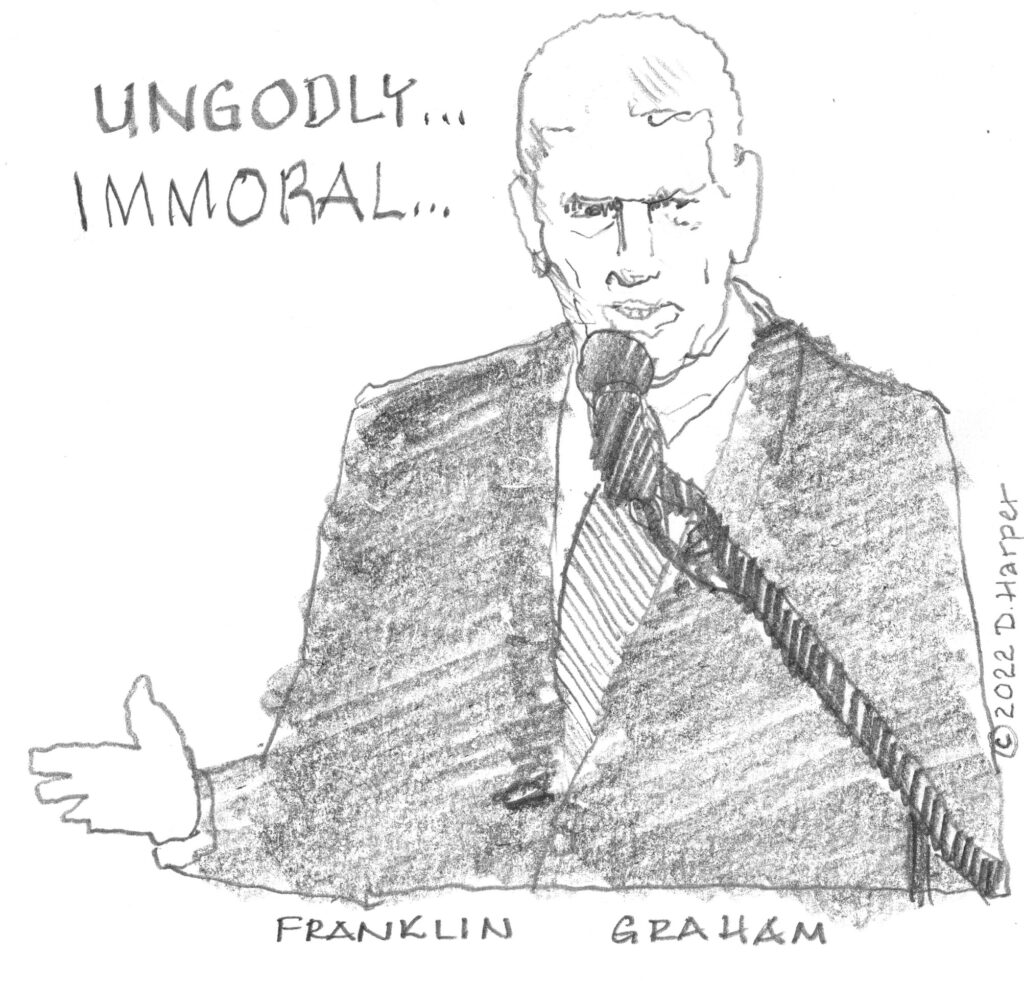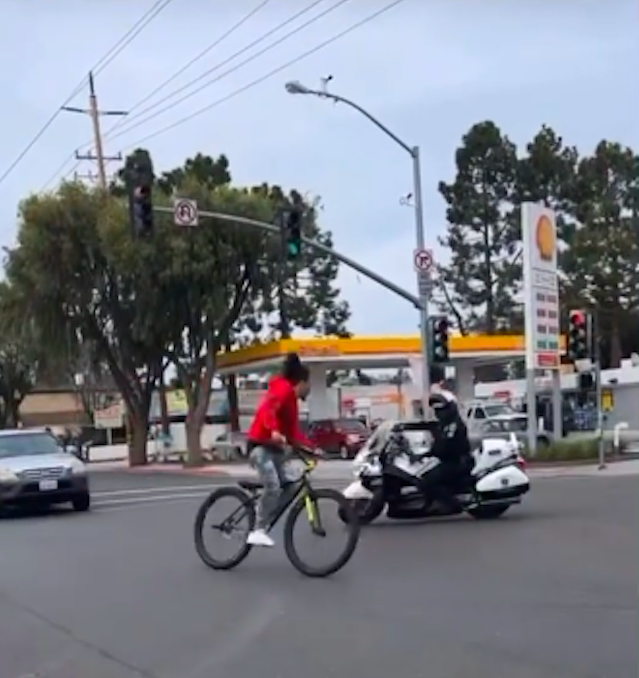I got my fifth COVID shot today, the so-called bivalent booster.
Getting a COVID shot is boring now. But it didn’t used to be.
We got our first shots the day after our age group was eligible. We had to drive an hour to find an appointment. There was an elaborate check-in process. After getting the Pfizer shot, we had to sit down for fifteen minutes until they were certain we weren’t going to pass out or go into anaphylactic shock. Four weeks later, we got the second dose at the same drugstore, going through the same elaborate process. I was ill for two days after the second shot. Then it became a big topic of conversation for the next month: Did you get vaccinated yet? Which vaccine did you get? How long were you sick for afterwards?
We felt invincible for about four months, until the Delta variant hit. Then at last we were eligible for our first booster. This time, we got an appointment at a mass vaccination clinic, held at the San Mateo Event Center, formerly called the county fairgrounds. We waited in a long line of cars while volunteers in fluorescent yellow vests directed us into a big barn. Did we want Pfizer or Moderna? We had heard that you should get the one you didn’t get the first time. So we got Moderna. Then we had to drive into a big parking area while they monitored us to make sure we didn’t pass out. Once again, it was all very dramatic. And I was ill for a day after I got the booster.
For the second booster, I went to the Redwood City medical center where my primary care physician had her office. It was just like getting my annual flu shot. A nurse told me I shouldn’t worry about sitting in the waiting area after getting the shot. I got the shot, left the building, and drove home. My arm hurt for the rest of the day, but I didn’t feel ill.
Today I drove to Braintree to get both my annual flu shot and my third COVID booster. My appointment was at an older, somewhat dingy pharmacy. This time I remembered to wear a short-sleeved shirt. After I got my shot, the pharmacist told me to sit and wait fifteen minutes. I heard the man talking to the pharmacist as he got his shot. “Another shot, I can’t believe it! We’re going to be doing this forever,” he said, in his high querulous tenor voice. She murmured something soothing. “I guess it’s like getting your flu shot every year, isn’t it. And these people who don’t get shots. Can you believe them?!” Another soothing murmur. By this time I had waited five minutes. I decided I wasn’t going to pass out and walked out of the store. There was nothing exciting about any of it.
I still worry a little when I hear about people I know getting COVID. But getting your COVID shot is no longer exciting. It’s just part of the annual routine.



